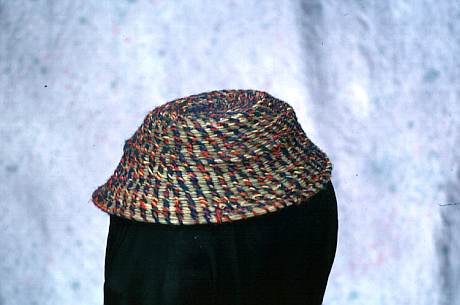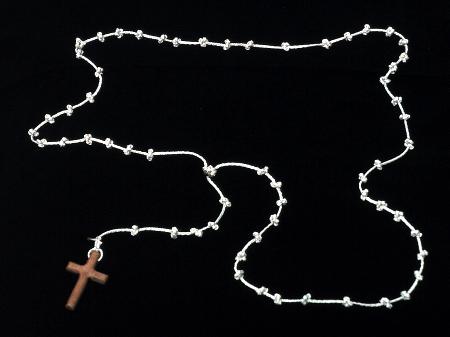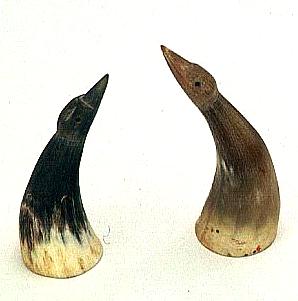Reprinted from http://www.louisianafolklife.org
Marcy Williams learned to create crafts out of pine straw in the 1950s, when someone came to the Catholic Church in Zwolle and taught a group of women how to make pine straw baskets. Two of her sisters attended, made a basket, and quit working with straw. Marcy Williams made a few baskets of her own, but did not pursue the craft until in the early 1990s, when she began to work with pine straw again. Being basically self-taught, she used pine straw to create not only baskets, but dolls and hats as well.
Mrs. Williams found a doll with a face that “looked like Grandma Parrie” and used it to create a Dutch doll. Using either used or new dolls, Mrs. Williams fashioned dresses of varying lengths and styles. The dolls ranged in size from about eight inches to about three feet. The dresses could be plain or fancy, body-hugging or flared, short or long. Once made onto the doll, however, the dresses were not to be removed.
In addition to doll clothing, Mrs. Williams fashioned accessories for adults or children. She made a number of hats of varying sizes and styles for both women and men. She also covered shoes with pine straw and made a pair of pine straw shoes, and also made purses from pine straw.
Williams used pine straw to make a variety of other crafts. She covered various liquor bottles with pine straw to resemble Chianti bottles, made a three-layer cake from pine straw, and even made a pine straw table cover for her dining room table. Many of her items were purely decorative. She made roses and other flowers from pine straw and used them to decorate hats, shoes, and unusual pieces of drift wood. Mrs. Williams was working on a series of small animals, like turtles and road runners, out of pine straw before her death in 2001.
North Louisiana
Native American
Pinestraw
Photo: Thomas A. Wintz, Jr.
http://www.louisianafolklife.org/FOLKLIFEimagebase/FLImagesArtist.asp?ArtistID=133


